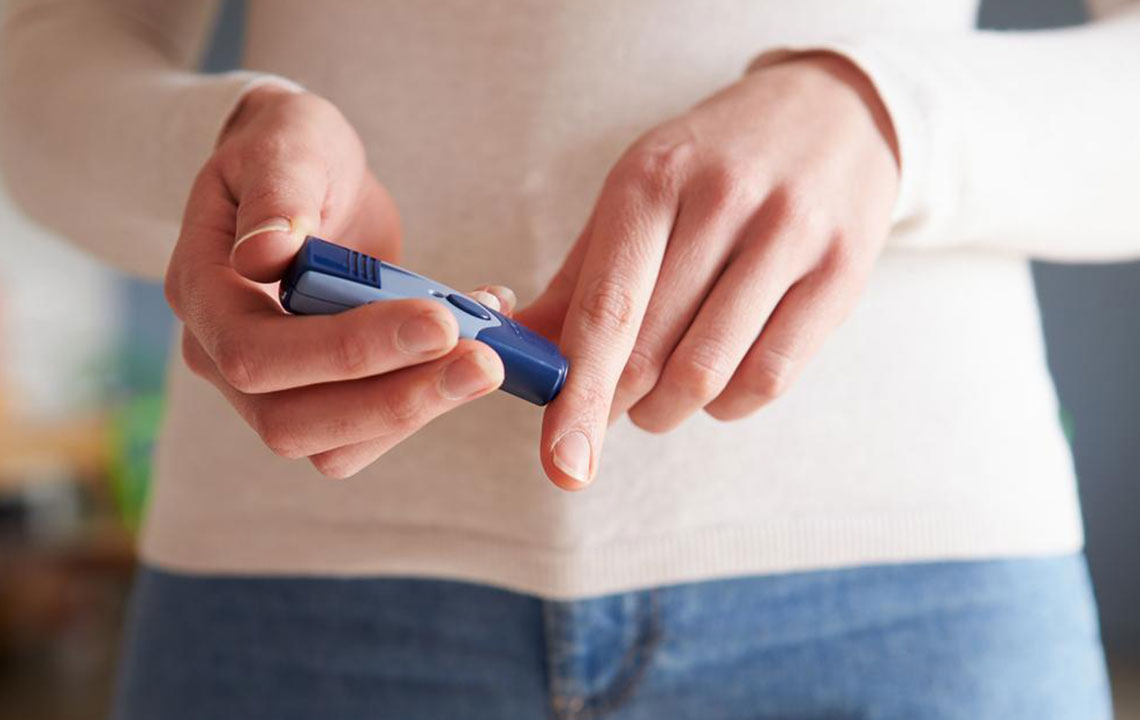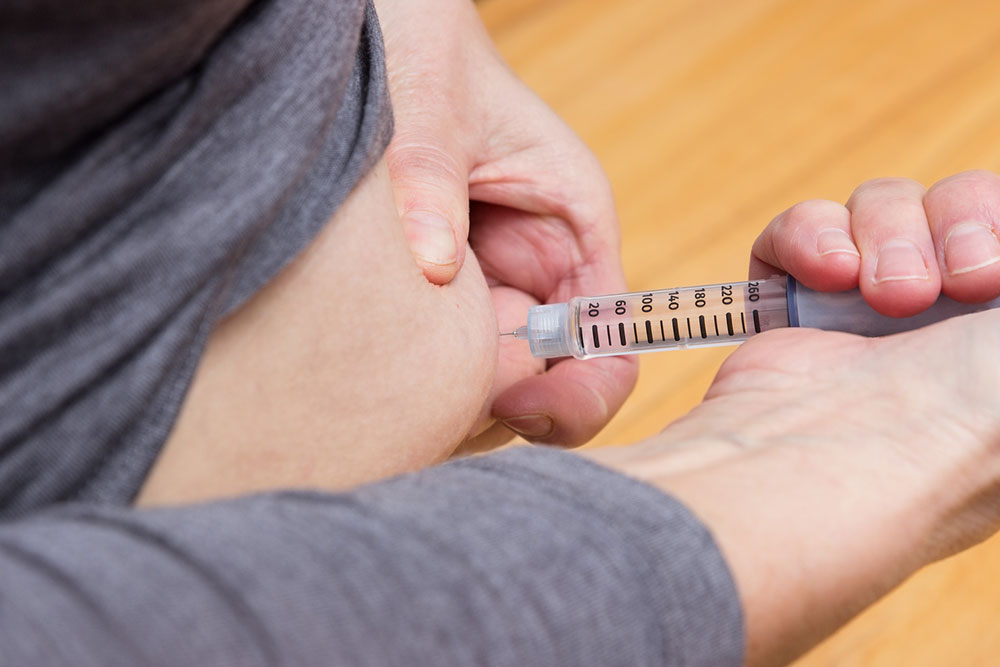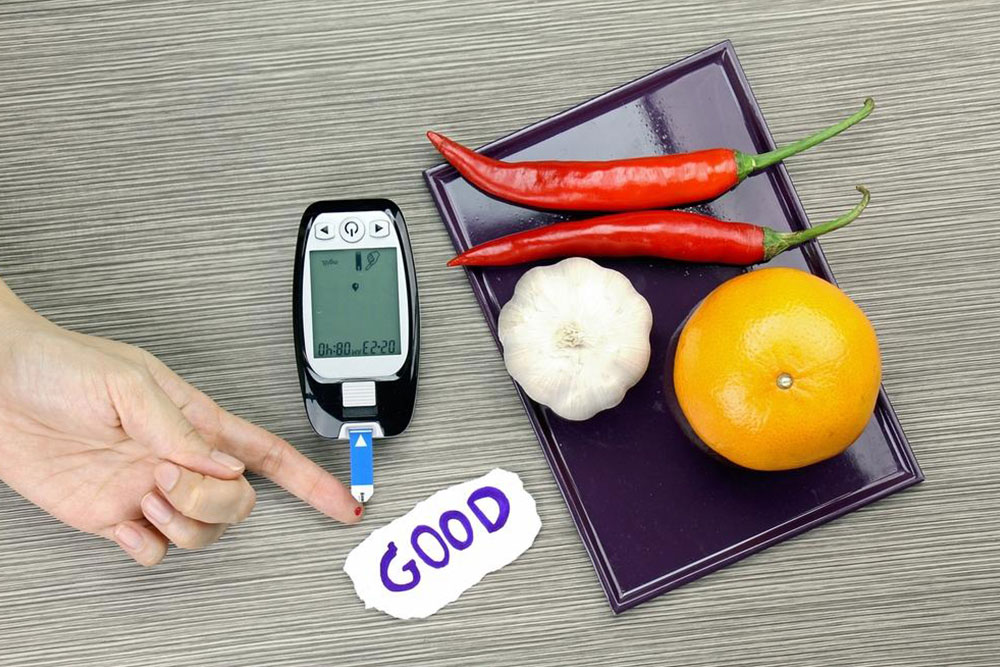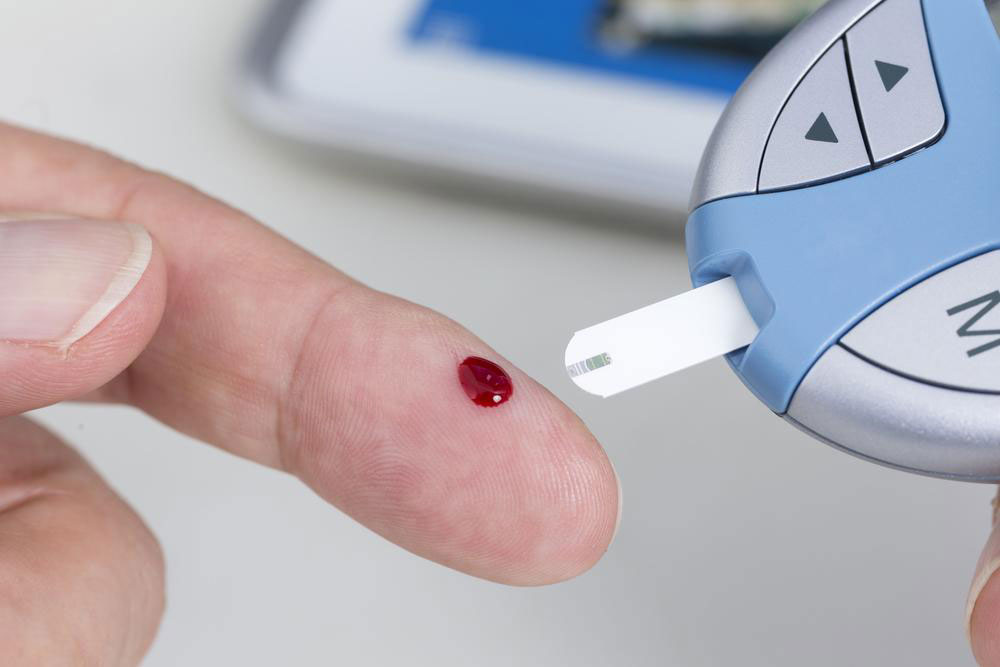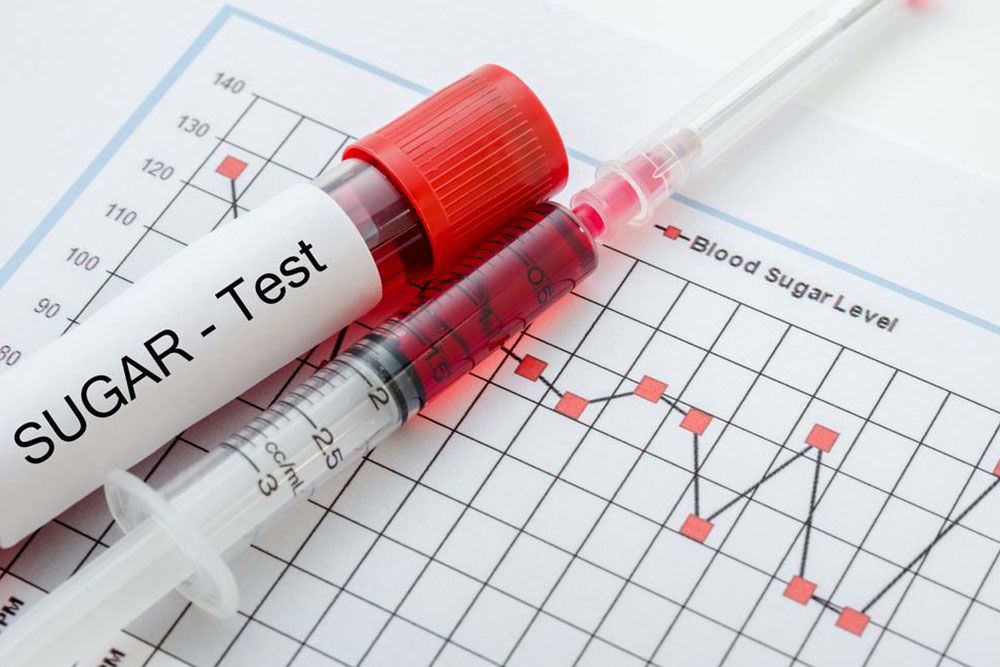Understanding Hypoglycemia: Causes, Signs, and Management Strategies
Learn about hypoglycemia, including its causes, symptoms, and effective prevention methods. This article offers practical tips such as dietary choices and exercise routines to maintain stable blood sugar levels. Understanding these factors helps in managing and preventing low blood sugar episodes for better health and well-being.

Understanding Hypoglycemia: Causes, Signs, and Management Strategies
Hypoglycemia, commonly known as low blood sugar, occurs when your body can't supply enough glucose to its cells due to decreased blood sugar levels. It is also referred to as insulin reaction or shock, typically happening when blood glucose drops below 70 mg/dL or 3.8 mmol.
Common reasons for low blood sugar
Several factors can lead to hypoglycemia, including:
Rapid consumption of glucose by the body
Reduced glucose production by the liver
Delayed release of glucose into the bloodstream
Excess insulin in the system
Overconsumption of alcohol
Presence of pancreatic tumors (insulinoma)
Hormonal deficiencies like low cortisol, growth hormones, or thyroid hormones
Organ failures such as heart, liver, or kidney disease
Severe infections like sepsis affecting overall health
Symptoms of hypoglycemia may include:
Rapid heartbeat or palpitations
Sudden mood shifts
Fatigue and weakness
Anxiety and nervousness
Skin pallor and color changes
Headaches and dizziness
Intense hunger pangs
Excessive sweating
Sleep disturbances and insomnia
Blurred vision
Skin tingling sensations
Difficulty concentrating
Possible loss of consciousness
Seizures and, in extreme cases, coma
Preventive measures for hypoglycemia
To avoid low blood sugar episodes, consider these tips:
Consume nuts – Nuts such as almonds, walnuts, and pistachios contain healthy unsaturated fats that slow glucose absorption, stabilizing blood sugar levels. Aim for about six nuts in the morning on an empty stomach.
Choose whole grains – Whole grains like oats, barley, and rye are high in fiber and contain beta-glucan, which helps regulate blood sugar spikes. Be mindful of portion sizes, as grains also contain carbs that can raise blood sugar if overconsumed.
Include vegetables in your diet – Non-starchy vegetables like broccoli, cucumbers, and carrots provide fiber and help maintain steady glucose levels. Leafy greens like spinach and kale are rich in iron and phosphorus, supporting healthy blood sugar management.
Maintain regular meals – Skipping meals can cause blood sugar drops. Ensure you have balanced breakfast, lunch, and dinner daily. Incorporate small snacks, especially between main meals, to sustain consistent glucose levels.
Regular exercise – Engaging in at least 30 minutes of daily physical activity helps regulate blood sugar and boosts overall health. Consistent exercise routines can prevent hypoglycemia episodes.


